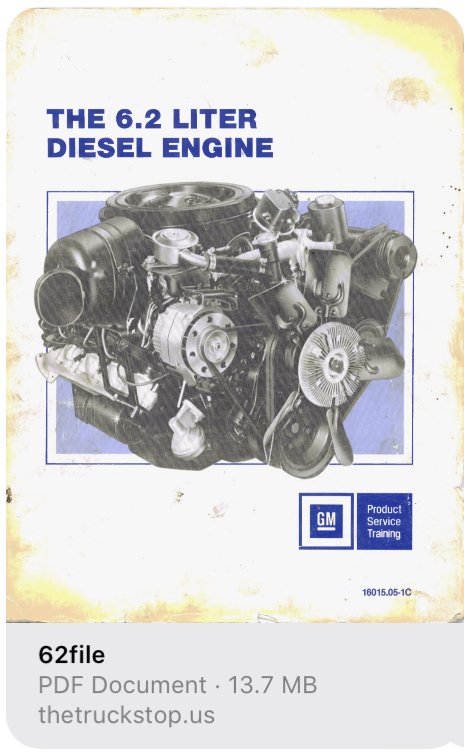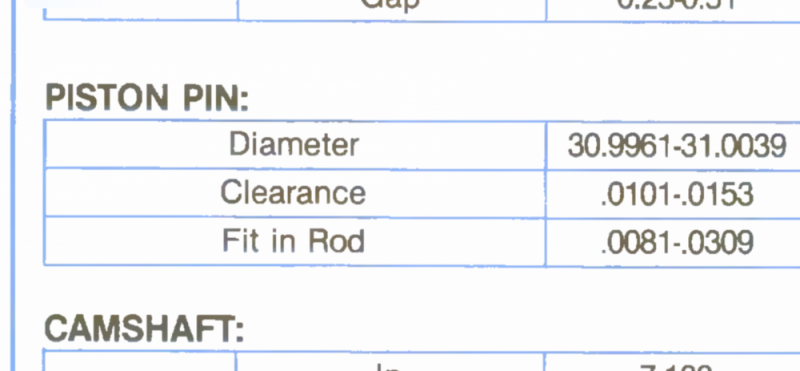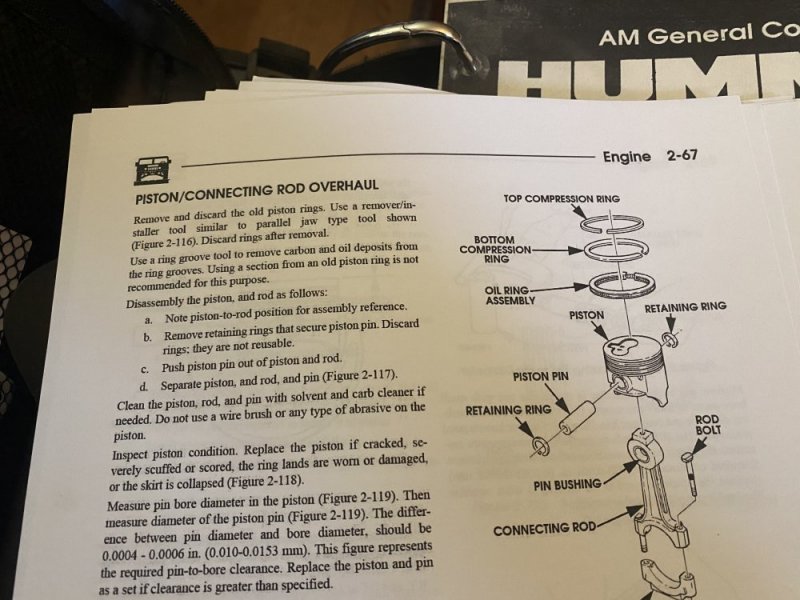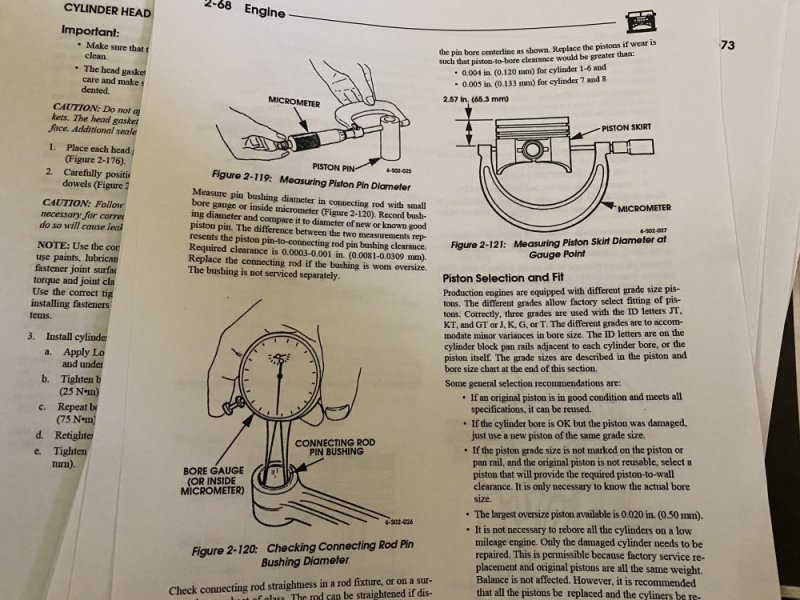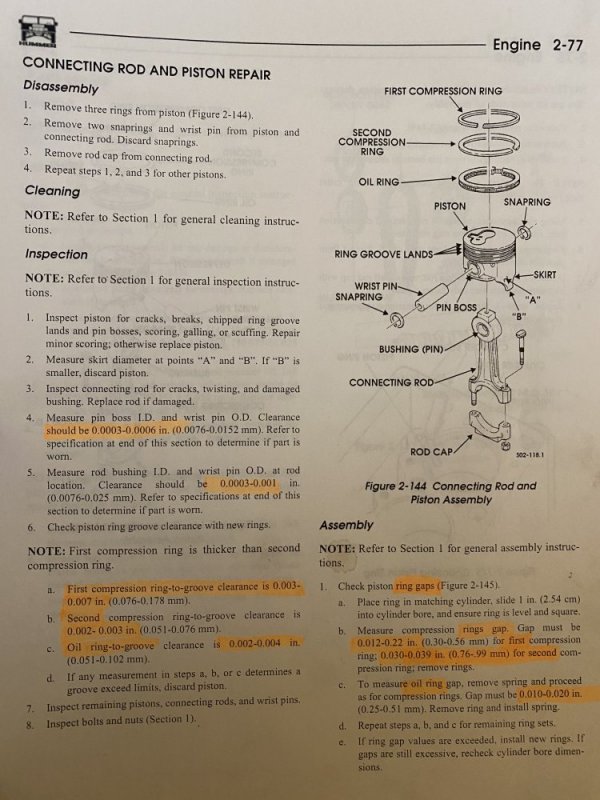Will L.
Well-Known Member
Too tight clearance and the full floater becomes partial floater and if it is rod to pin and if offset she is a gonner. If the pin locks in the piston - gone as well. Too loose is rod knock followed by seizing.
We know oil squirters were added for the turbo heat issue, normal for turbo engine gas or diesel until all the manufactures started coating their pistons to deal with the heat. But something I picked up on was the massive amount of added oiling getting to the top of the rod and into the bearings surely didn’t hurt the pin getting lubed better. Saw the difference in tear downs.
One thing I normally do is open the oil hole in the bearing on the small end to match the hole in the top of the rod. My theory is better oil flowing in just like you do everywhere else. Pic of new bearing port seen through the rod hole where the splashed oil gets in. (I held white cloth inside to help the picture be seen.)
So what do you all do there?
What clearance spec do you all run for rod to pin & pin to piston?
Anything learned here you can share?
I know there is stuff online but not everything translates to this engine.
Any take on what matches us and why?
@Twisted Steel Performance
iirc you said you don’t coat/treat the pin because of our low rpm range? I know the pin hardening processes used aren’t normally done until 8,000 rpm and up.
I know there is stuff online but not everything translates to this engine.
Any take on what matches us and why?
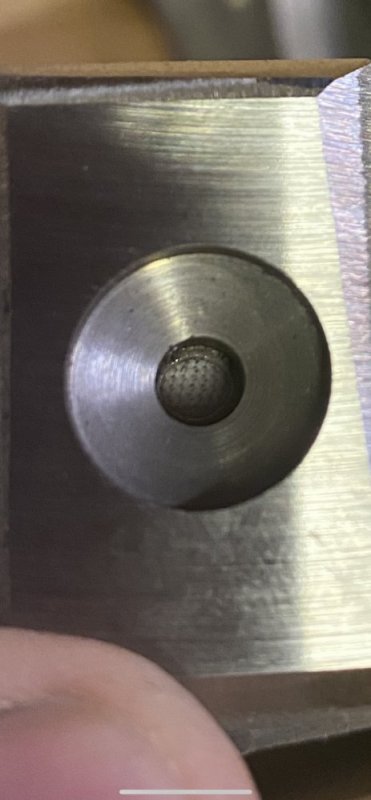
We know oil squirters were added for the turbo heat issue, normal for turbo engine gas or diesel until all the manufactures started coating their pistons to deal with the heat. But something I picked up on was the massive amount of added oiling getting to the top of the rod and into the bearings surely didn’t hurt the pin getting lubed better. Saw the difference in tear downs.
One thing I normally do is open the oil hole in the bearing on the small end to match the hole in the top of the rod. My theory is better oil flowing in just like you do everywhere else. Pic of new bearing port seen through the rod hole where the splashed oil gets in. (I held white cloth inside to help the picture be seen.)
So what do you all do there?
What clearance spec do you all run for rod to pin & pin to piston?
Anything learned here you can share?
I know there is stuff online but not everything translates to this engine.
Any take on what matches us and why?
@Twisted Steel Performance
iirc you said you don’t coat/treat the pin because of our low rpm range? I know the pin hardening processes used aren’t normally done until 8,000 rpm and up.
I know there is stuff online but not everything translates to this engine.
Any take on what matches us and why?


